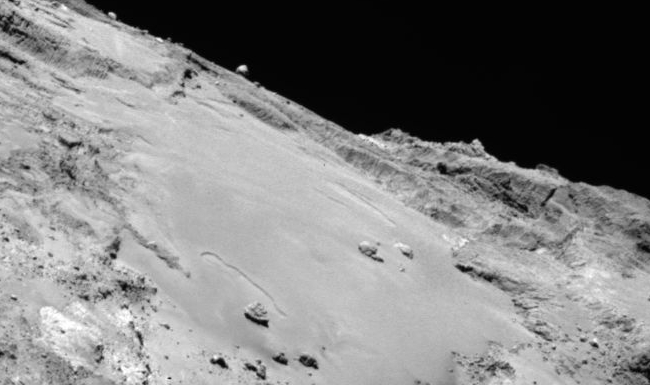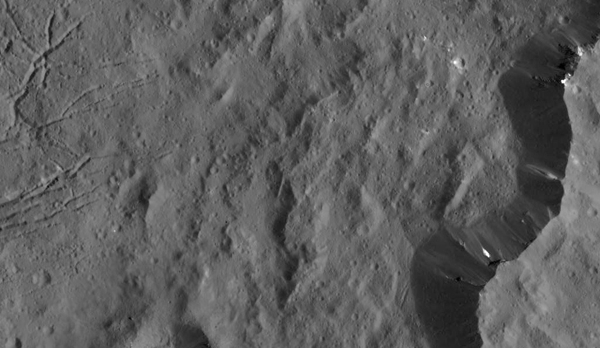Another 5 month slip of first Falcon Heavy launch
In the heat of competition: Amid a slew of SpaceX launch delays in the past month due to the introduction of an upgraded Falcon 9, Elon Musk noted at a student event in Texas on Sunday that the first demo launch of the Falcon Heavy is likely to happen in September, not April as previously announced.
The article is mostly focused on the launch delays of the Falcon 9, which for some of SpaceX’s customers are becoming a financial problem. The company is obviously trying to make sure that further Falcon 9 launches are a success, but the unreliability of its schedule is clearly a reason satellite companies like Eutelsat have signed new contracts with Russia’s ILS or Arianespace. Even with the problems Russia has had with its Proton they have managed a more reliable launch schedule.
Then again, the Proton and Ariane 5 have been around for decades. Their companies aren’t trying to improve them in any way. The delays in SpaceX’s schedule are somewhat understandable in this context. Better to launch slowly with new designs then to have a failure that entirely stops things for months.
Nonetheless, it might be wise for SpaceX to settle on the present Falcon 9 design for awhile, so that they can catch up and make their customers happy. Moreover, the further delay of the Falcon Heavy launch is definitely disappointing.
In the heat of competition: Amid a slew of SpaceX launch delays in the past month due to the introduction of an upgraded Falcon 9, Elon Musk noted at a student event in Texas on Sunday that the first demo launch of the Falcon Heavy is likely to happen in September, not April as previously announced.
The article is mostly focused on the launch delays of the Falcon 9, which for some of SpaceX’s customers are becoming a financial problem. The company is obviously trying to make sure that further Falcon 9 launches are a success, but the unreliability of its schedule is clearly a reason satellite companies like Eutelsat have signed new contracts with Russia’s ILS or Arianespace. Even with the problems Russia has had with its Proton they have managed a more reliable launch schedule.
Then again, the Proton and Ariane 5 have been around for decades. Their companies aren’t trying to improve them in any way. The delays in SpaceX’s schedule are somewhat understandable in this context. Better to launch slowly with new designs then to have a failure that entirely stops things for months.
Nonetheless, it might be wise for SpaceX to settle on the present Falcon 9 design for awhile, so that they can catch up and make their customers happy. Moreover, the further delay of the Falcon Heavy launch is definitely disappointing.


